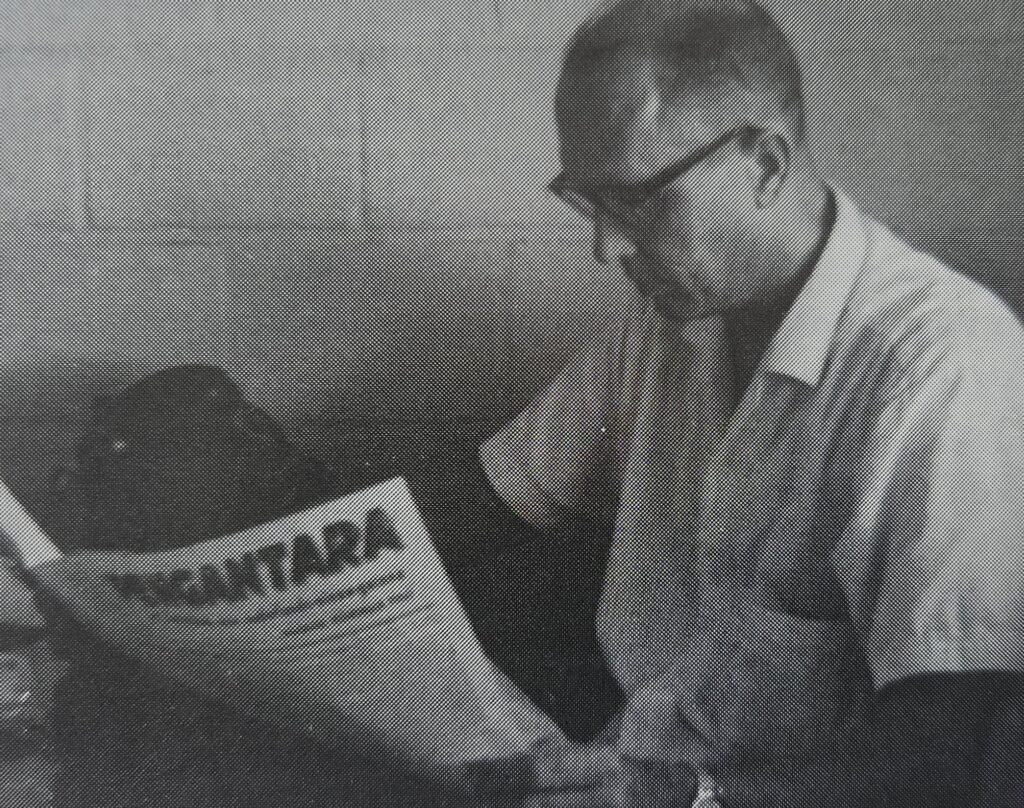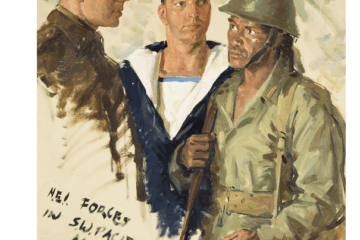The history of Dutch New Guinea is closely bound up with Australia, especially in the turbulent years after the Second World War. Few individuals illustrate this better than Piet Johannes Merkelijn, a civil administrator whose career spanned the Netherlands, Australia and Dutch New Guinea. His experiences highlight both the personal scale of these connections and their broader historical significance.
Early life and training
Piet Johannes Merkelijn was born in 1918 in Magelang, in the Netherlands East Indies. He later moved to the Netherlands, where he received his secondary education at The Hague. In 1945, after the liberation of the Netherlands, he enrolled in the first post-war Civil Administration Course at Leiden University.
This intensive course included studies in Islam, Malay, Javanese, history, economics, law, customary law and anthropology. It was designed to prepare young officials for postings in the Netherlands Indies and New Guinea. Merkelijn was strongly influenced by the anthropologist Jan van Baal, who later became Governor of Dutch New Guinea. Van Baal’s 1939 article on the Marind-anim people of southern New Guinea inspired Merkelijn to seek a posting there.
Camp Columbia as the Dutch hub in Australia
In August 1945 Merkelijn travelled from the Netherlands via England to Australia. He disembarked in Brisbane, where he entered the Netherlands Indies Civil Administration (NICA) camp at Camp Columbia, Wacol. At that time Camp Columbia served as the headquarters of the Netherlands East Indies Government-in-Exile, which had been established there earlier that year. The camp functioned both as the political centre of Dutch authority in Australia and as a transit and training base for NICA personnel.
The site had earlier housed the United States Sixth Army’s Officers School, and after the Americans moved forward it continued to be used as a place of orientation and training. It is likely that Merkelijn, like other young administrators, received further preparation and information here before being dispatched northward.
Morotai: Allied forward base
Before reaching New Guinea, Merkelijn was diverted to Morotai, a small island in the northern Moluccas that had been seized by Allied forces in late 1944. Morotai had become a vital forward base for operations into the Philippines and the Netherlands Indies, and it was also used by NICA units staging their return to Dutch territory.
Merkelijn’s journey there was extraordinary. Together with colleague Bert Wiebols, he was tasked with guarding a B-29 bomber carrying one million guilders in freshly minted Dutch coinage. The money was urgently needed to stabilise the post-war economy of the Netherlands Indies. At Morotai he gained his first hands-on administrative experience when ordered to lead a small patrol to enforce basic health measures along the coast.
Sarmi and the return of Dutch authority
Weeks later Merkelijn was embarked on a Royal Australian Navy warship bound for Sarmi, on the north coast of Dutch New Guinea, west of Hollandia (now Jayapura). Once a Japanese stronghold, Sarmi had been devastated by Allied bombing. In late 1945 it became the site of the formal surrender of 4,000 Japanese troops under General Tanoye.

The Australian ship landed Dutch officials and collected Japanese arms before departing. Merkelijn was left behind with a small detachment of Papuan soldiers and Dutch staff to re-establish administration in the ruined settlement. With almost no infrastructure, no archives or legal codes, and improvised lighting made from Coca-Cola bottles filled with aviation fuel, he and his colleagues had to rebuild governance from scratch. He later recalled these early days as being “a baby in the woods.”
Civil administration and wider roles
Merkelijn went on to serve in Dutch New Guinea, including as District Officer at Biak. His reflections were later published in Besturen in Nederlands Nieuw-Guinea 1945–1962, and he co-authored administrative manuals such as Azas-Azas Tatanegara NNG (1960).
His career also extended to Australia, where he was appointed Head of the Bureau of Indonesian Affairs at the Netherlands Consulate-General in Sydney. In 1946 he acted as Netherlands New Guinea adviser at the Malino Conference, one of the key Dutch efforts to shape a federal solution for Indonesia.
A figure of connection
The life of Piet Johannes Merkelijn reveals the multiple layers of cooperation between the Netherlands, Australia and Dutch New Guinea. From his orientation at Camp Columbia, to the money flight aboard an American bomber, to his transport on an Australian warship to Sarmi, his story underscores how essential Australia was to the Dutch effort to re-establish authority in the Pacific.
Through figures like Merkelijn we can see the human face of these connections: a young man born in the Indies, educated in the Netherlands, staged through Brisbane, reliant on Allied transport, and ultimately devoted to rebuilding New Guinea and representing Dutch interests in Australia.
See also:
Defining a frontier: Dutch–Australian border cooperation in New Guinea, 1954–1960
The Dutch Resident of Merauke visits Australian Papua New Guinea
Training Dutch officers in Australia for the Netherlands Indies and Papuan development

